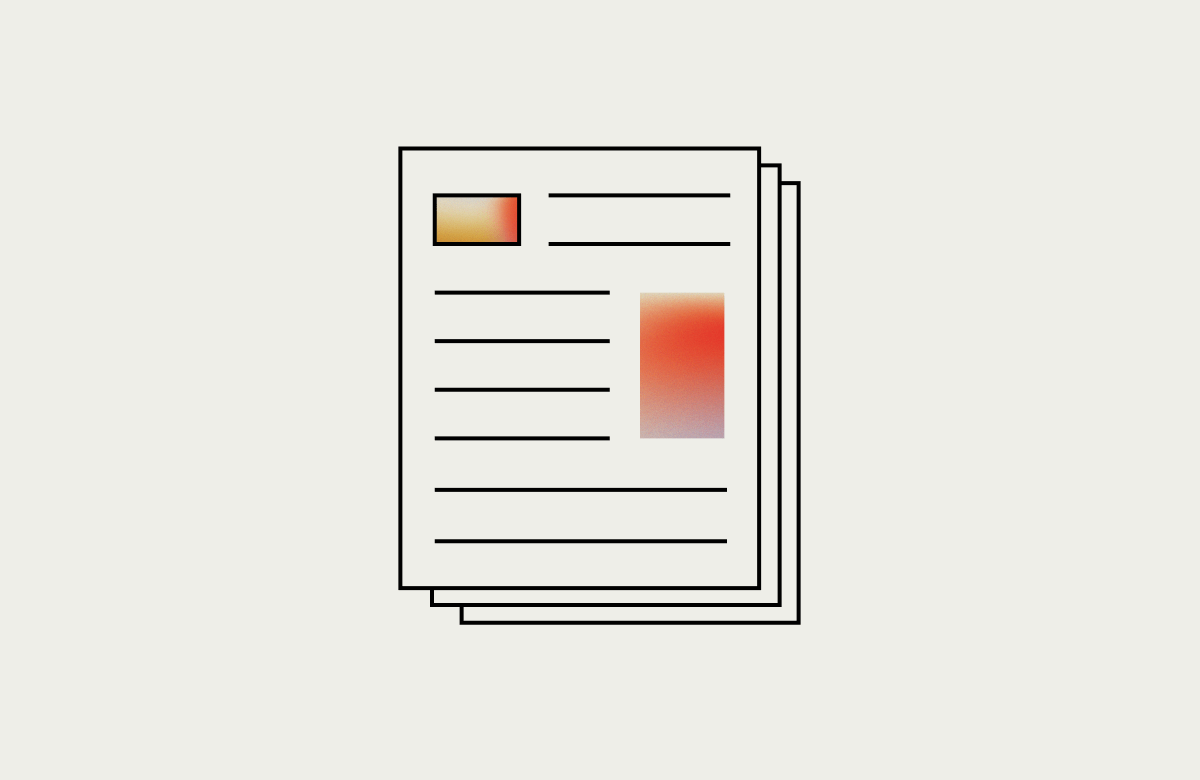While once a distant dream of science fiction, today, artificial intelligence is everywhere.
AI is in the algorithms that govern how you use social media. AI is in the Google or Amazon-powered home device that understands and carries out your basic commands. And now it’s becoming a staple of UI/UX design.
Should you be worried about the rise of AI in the design field? Will software that makes decisions on its own put humans out of a job? Will artificial ntelligence one day gain sentience and enslave humanity? No, no, and probably not. Let’s examine just what AI means for UX/UI design and what the future holds.
Using AI in UX/UI design
The term artificial intelligence as we’ve come to understand it is a bit of a misnomer. Computers can’t design a User Interface from the ground up all by themselves. They can learn, grow, and make decisions, but they still need a human in charge, to tell it what to do. In fact, IBM CEO Ginni Rometty would prefer to think of it not as artificial intelligence but as augmented intelligence. The designer is still in the driver’s seat on any given project, and AI is simply a tool to help them work more efficiently and deliver a better final product.
So what can AI do for you? It can take basic, hand-drawn sketches and turn them into functioning prototypes. And with access to vast archives of other products’ designs, it can compare yours to similar ones and make suggestions based on what’s been shown to work and not work. In this way, AI can even generate a guide to best practices as you turn your design into reality.
AI can also help out with long and tedious tasks like reviewing code for accuracy and switching back and forth seamlessly between multiple programming languages. And it’s intuitive. By inputting a specific problem into the system, you can generate possible solutions based on the data and resources at hand. Working behind the scenes, there are a myriad of different ways that AI can help you design faster and better, saving you both time and money.
Designing with AI in mind
Going forward, not only will AI be an essential tool of your design process, but it’s also poised to be an essential component of the things you design. Speech-to-text has been an important feature of many different apps and software products for years, with the AI’s ability to understand words, differentiate between homophones, and even include punctuation, getting better all the time. But today’s AI takes it a step further, with voice recognition. Designed products can recognize their users and differentiate between one and another, to deliver an individually tailored experience automatically.
In addition to voices, today’s AI can recognize faces as well. The technology can not only see who’s using the product, but determine key demographic features like age, gender, and even how they’re feeling based on facial expressions. This allows you to provide content, features or advertising based on that information.
The future of AI is already here. The technology is progressing at an incredibly rapid rate, and the possibilities, in terms of both the design process and available features, are both wide and varied. How will you use AI to improve your UX/UI design?


